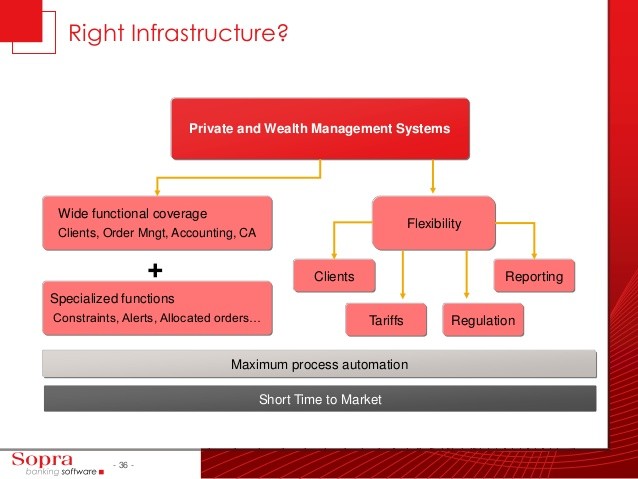Wealth Management in Asia 2012 Research and Markets
Post on: 16 Март, 2015 No Comment

FEATURED COMPANIES
The two favoured asset classes in Asia are property and equities, for the simple reason that historically they have generated superior returns. These two accounted for over 50 per cent of the total asset investments of Asia-Pacific HNWIs in 2010. Fixed income is the third largest asset class favoured, taking up around 20 per cent of regional asset allocation. Projections for 2012 show that fixed income and equity will gain traction. Property is likely to recover after the stagnant 2010-2011 time period. China, in particular, will make a solid contribution to this process due to housing transactions that rose 12 percent in December 2011, recovering from a decline the previous month. As reported by the Chinese National Bureau of Statistics, the value of homes sold in December 2011 climbed to RMB416.4 billion (USD65.4 billion), up from RMB372.3 billion in November 2011 when housing sales slumped 25 percent, the first retreat in three months.
The 2008 financial crisis left Asians much more conscious of their asset allocation, specifically a reassessment of the weighting accorded to riskier assets such as equities, derivatives and alternatives.
The number of high-net-worth individuals (HNWIs) in Asia-Pacific is accelerating both in number and by AUM. In 2010, the number of HNWIs in Asia-Pacific increased by 9.7 per cent, reaching approximately 3.3 million. This remarkable growth in the HNWI population of Asia-Pacific places it alongside highly developed regions, such as the HNWI population of North America, while exceeding that of Europe.
Synopsis
- This report provides a macro overview looking at fund flows, asset allocation and investment strategies throughout the region
- A country by country examination, from the established markets of India and China to more peripheral markets such as Indonesia, Thailand and the Philippines
- The latest available data is shown highlighting current trends, investor behaviour and focusing on growth niches
- Key players in the main markets are featured
Scope
- An analysis of the Asian wealth market, first from a pan-regional perspective, but also on a country-by-country basis
- Despite paying particular attention to the key markets of China and India, the report also looks at the issues affecting smaller less covered markets like Indonesia, Malaysia and the Philippines
- The latest available data is provided on funds flow and asset allocation
- The report also takes a look at the regulatory environment and the trends for the future
Reasons To Buy
- This report will allow readers to tap into the growing HNWI market in Asia
- Gain insight into demographics, trends and challenges for the wealth management market across Asia
- Determine how wealthy Asians can be better served
- Understand the regulatory environment
- Recognize the differences between Asian and western markets
- Analyse the importance of brand identity in the wealth management market
- While the banking crisis of 2008 was deemed a global event, it was also perceived very much as a western one. The rescue, bail-outs or disappearance of some western banks with wealth management or private banking arms continues to resound. In short, choosing a ‘western’ provider is much less of a default position than it used to be
- By a very small margin India, not China will experience the largest growth in total millionaire AUM over the next decade, with an estimated increase of over 400 per cent to 2020
- In mainland China, perhaps the most attractive nascent market, 85% of respondents would choose a local bank over a foreign institution SHOW LESS READ MORE >
Note: Product cover images may vary from those shown














